Svalbard is known as a popular destination for adventure tourism. But it's also home to the world’s northernmost higher education institution.
The remote Arctic archipelago offers rugged landscapes, unique wildlife, and extreme conditions to all who visit. Its isolated beauty and pristine environment provide an unparalleled setting for Arctic study.
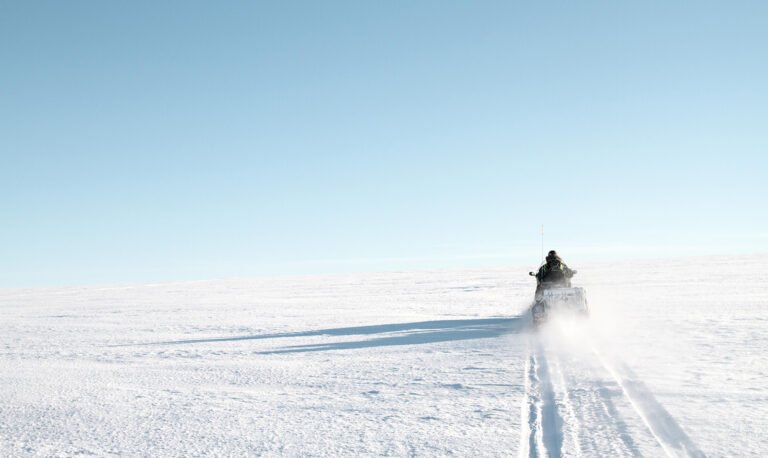
Moving to Svalbard is something that many people consider, but very few people actually do. That's because to live on the remote Arctic islands, you need a job and accommodation before you arrive.
That's what makes studying on Svalbard such an attractive option for many people. There's opportunities to study Arctic-specific topics in biology, geology, geophysics and technology.
Living on Svalbard presents challenges like extreme weather and polar nights, but for those with a spirit of adventure, studying here is an opportunity to gain unmatched insights into the Arctic environment.
Research Areas in the Arctic
The Arctic offers a unique, dynamic research environment with exceptional fieldwork opportunities across diverse disciplines.
Svalbard, in particular, serves as a prime location for studying Arctic-related biology, geology, geophysics, and technology, providing scientists and students with unparalleled insights into the Arctic’s rapidly changing ecosystem and physical landscape.
Arctic Biology
The effects of climate change are starkly evident in the Arctic, with reduced sea ice and changing snow melt patterns profoundly impacting the structure and function of its ecosystems.
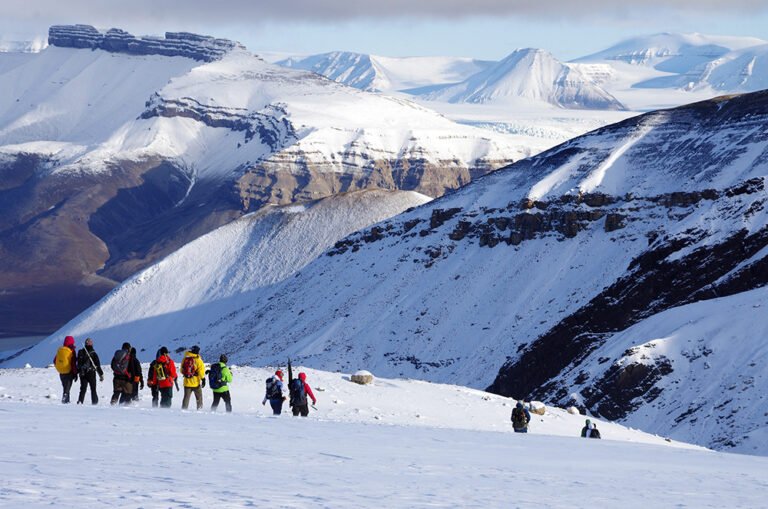
Research in this area is critical, addressing how seasonal variations and species dynamics are influenced by these environmental shifts.
Studies cover everything from the timing of Arctic flora and fauna cycles to the spatial distribution and adaptation of species across this fragile ecosystem.
Arctic Geology
Svalbard's unique geological landscape, characterized by glacially-eroded fjords, valleys, and exposed strata, is an invaluable resource for studying geological evolution.
From tectonic shifts to the formation of hydrocarbons, researchers can investigate processes spanning millions of years.
Svalbard’s extensive glaciers and continuous permafrost create a natural laboratory for understanding glacial processes and the impact of permafrost changes, essential for predicting geological responses to climate change.
Arctic Geophysics
Geophysical research in Svalbard focuses on understanding phenomena that affect global ocean currents, atmospheric radiation, and polar magnetism.
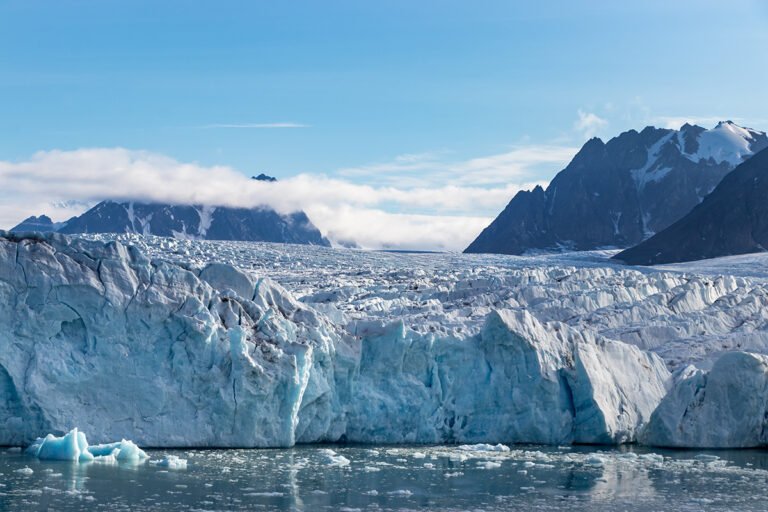
By examining processes such as the interaction of polar and atmospheric currents and ice-ocean exchanges, scientists can gain insights into how changes in the Arctic influence climate patterns worldwide, further linking Svalbard's environment to global systems.
Arctic Technology
Research in Arctic technology covers engineering, environmental technology, and chemistry, addressing the challenges of working and living in extreme environments.
This includes innovations in sustainable infrastructure, energy solutions adapted to polar conditions, and the management of increased human activity as Arctic regions, including Svalbard, experience heightened interest.
Technological advancements developed here are critical not only for Arctic sustainability but also for future exploration and habitation in other extreme environments.
Introducing UNIS: University Centre in Svalbard
University Centre in Svalbard (UNIS) is the world’s northernmost higher education institution.
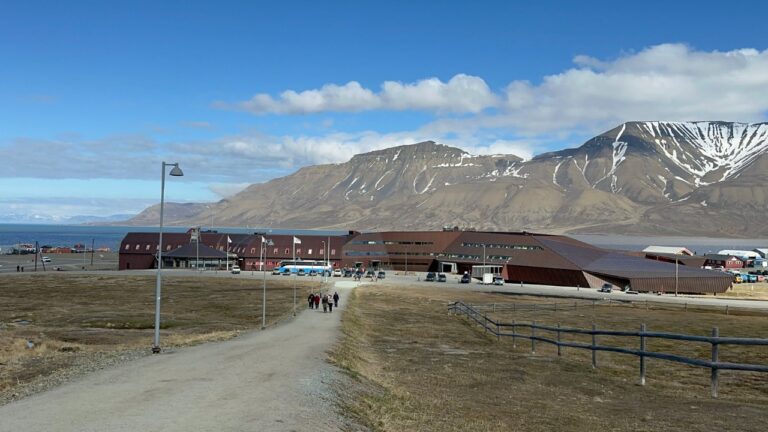
Located in Longyearbyen, UNIS offers undergraduate, graduate and postgraduate level courses in the areas outlined above: Arctic Biology, Arctic Geology, Arctic Geophysics and Arctic Technology.
However, it doesn't offer full degree programs. Courses range from just two weeks up to a semester. Bachelor studies typically encompass two courses lasting for one full semester.
That means to apply to UNIS courses, you must already be enrolled at Bachelor, Master or PhD level at a Norwegian institution of higher education or an accredited international institution of higher education.
Various UNIS departments also supervise bachelor, master and PhD theses that use Svalbard as a field laboratory. This is done in collaboration with all Norwegian universities, but also many universities around the world.
Courses at UNIS have no tuition fees aside from a semester fee of NOK 590. Students on overnight fieldwork must pay a fee of NOK 200 per day to cover food and lodging.
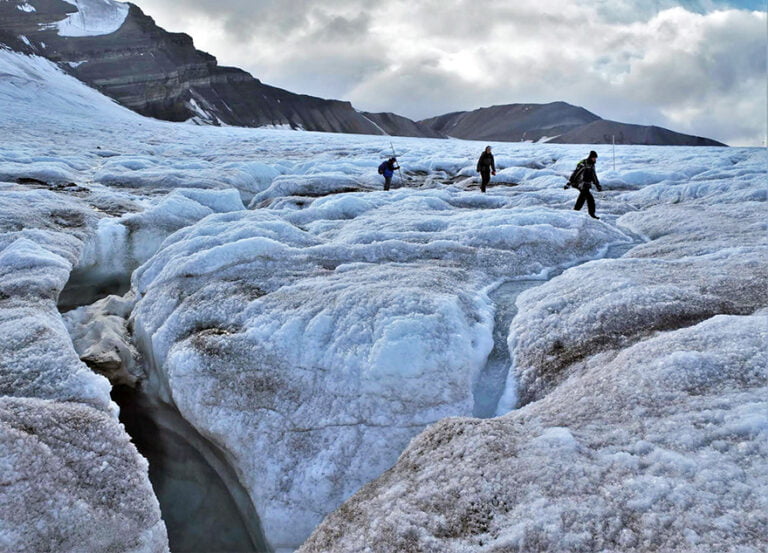
UNIS states students should budget approximately NOK 10,000 per month for necessary food and accommodation, plus travel expenses to/from Longyearbyen.
Applying to Study in Svalbard
UNIS manages all applications to study in Svalbard via an online application system.
The application deadline is 15 February for summer courses, 15 April for autumn courses, and 15 October for spring courses. Applications open 4-8 weeks prior to the deadline.
Student Accommodation in Svalbard
Housing is one of the biggest challenges in Svalbard. Most of the accommodation is owned by companies and there is very little in the way of a private rental market. However, there is a solution for students.
The Arctic Student Welfare Organisation (Samskipnaden) owns and manages the student accommodation in Longyearbyen. New accommodation was recently opened to replace former buildings that were at avalanche risk.
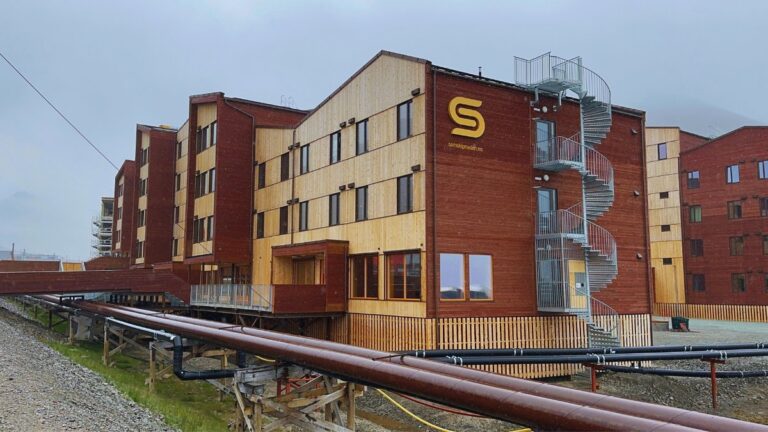
The student housing at Elveseltta is just a 5-minute walk from the UNIS campus. Accommodation is offered on a first-come first-served basis to anyone with an admission letter to UNIS or with a signed ‘guest student' contract.
Invoices for rent are sent twice per month. Basic kitchen equipment is included in the rent. Pillow and duvet are also included, but you need to bring your own linens.
Student Life in Svalbard
Life in Svalbard is not for everyone. Living in the extreme north requires safety preparation and an adventurous spirit. The climate can be a challenge and there are natural dangers including polar bears and avalanches.
There are two main settlements. Longyearbyen is Norwegian and has approximately 2,100 inhabitants while the Russian settlement Barentsburg is home to around 300 people. Other much smaller settlements include Ny-Ålesund, Svea and Hornsund.
UNIS students will be based in Longyearbyen. Despite its small size, there is a surprising amount to do. From a swimming hall and cultural centre to a handful of restaurants and bars, Longyearbyen is a fully-functioning small town.
It's also an incredibly international and diverse community. People from all over the world live in Longyearbyen. While Norwegian is the official language of the town, English is widely used and you'll hear languages from many other countries.
For recreation, students can enjoy outdoor activities that make the most of Svalbard’s wild landscape, including hiking, skiing, dog sledding, and snowmobiling.
UNIS organises regular trips, giving students direct access to the Arctic environment that complements their studies and fuels a unique lifestyle defined by exploration and discovery.


